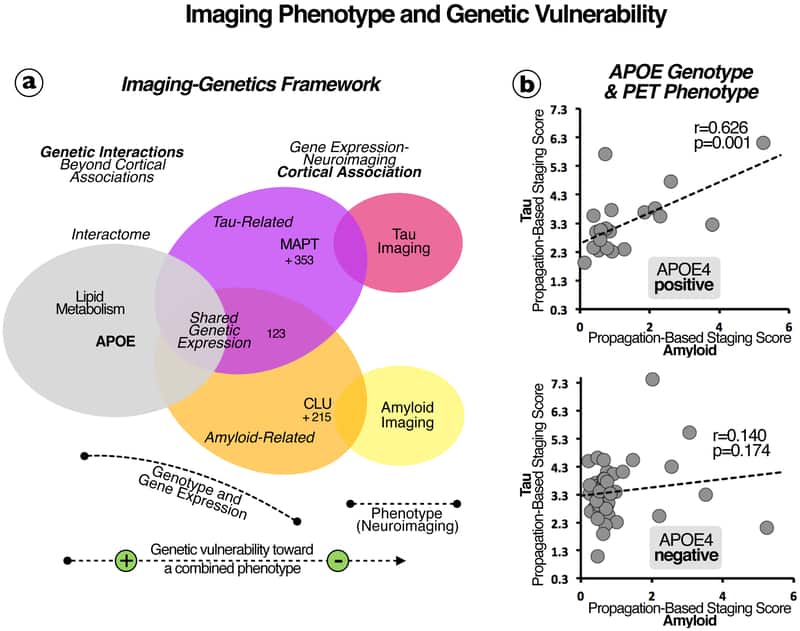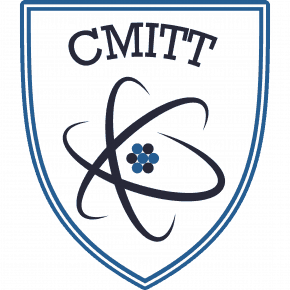Sepulcre J, Grothe MJ, d’Oleire Uquillas F, Ortiz-Terán L, Diez I, Yang HS, Jacobs HIL, Hanseeuw BJ, Li Q, El-Fakhri G, Sperling RA, Johnson KA
Nat. Med. 2018; 24(12):1910-1918

Tau and amyloid beta (Aβ) proteins accumulate along neuronal circuits in Alzheimer’s disease. Unraveling the genetic background for the regional vulnerability of these proteinopathies can help in understanding the mechanisms of pathology progression. To that end, we developed a novel graph theory approach and used it to investigate the intersection of longitudinal Aβ and tau positron emission tomography imaging of healthy adult individuals and the genetic transcriptome of the Allen Human Brain Atlas. We identified distinctive pathways for tau and Aβ accumulation, of which the tau pathways correlated with cognitive levels. We found that tau propagation and Aβ propagation patterns were associated with a common genetic profile related to lipid metabolism, in which APOE played a central role, whereas the tau-specific genetic profile was classified as ‘axon related’ and the Aβ profile as ‘dendrite related’. This study reveals distinct genetic profiles that may confer vulnerability to tau and Aβ in vivo propagation in the human brain.
